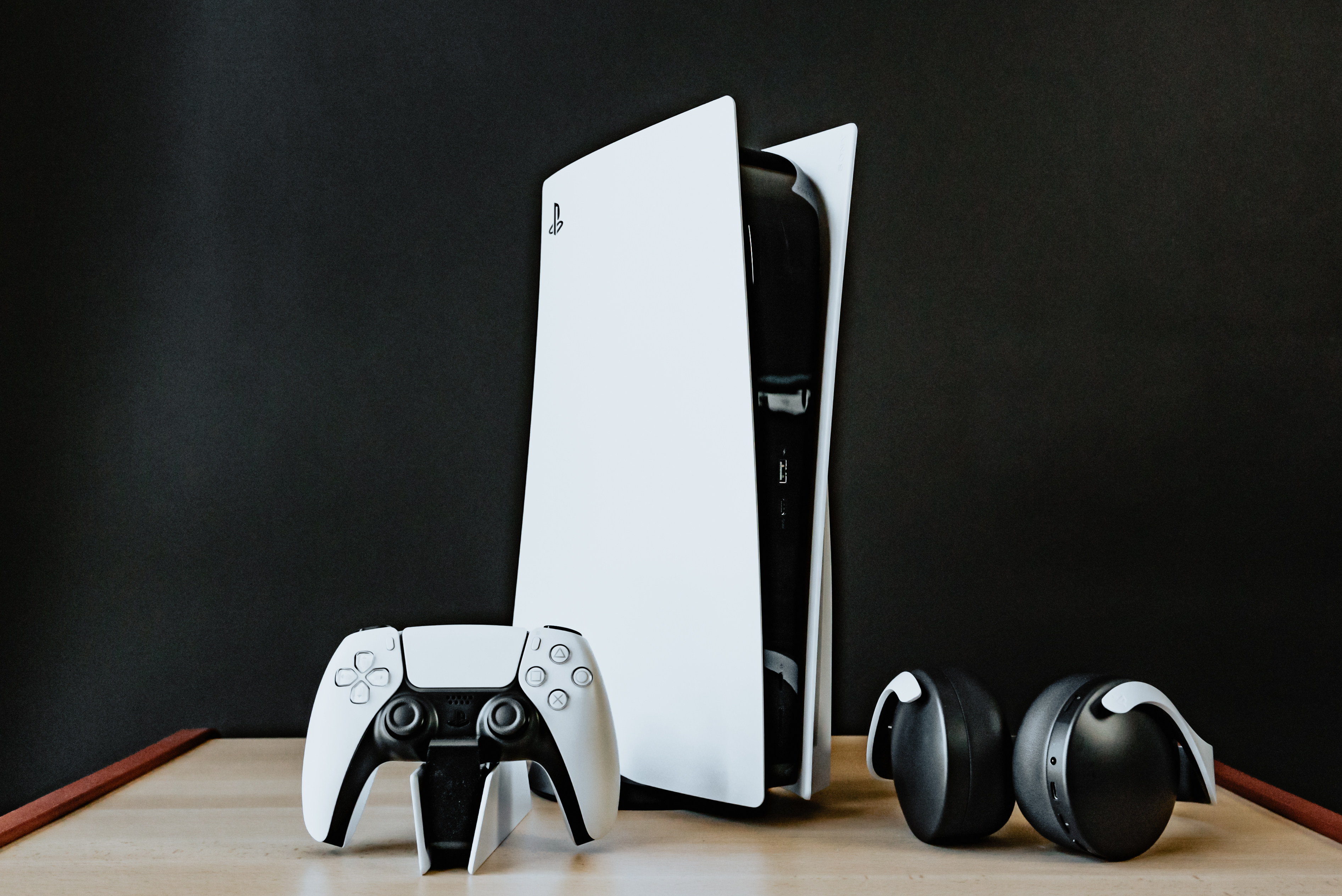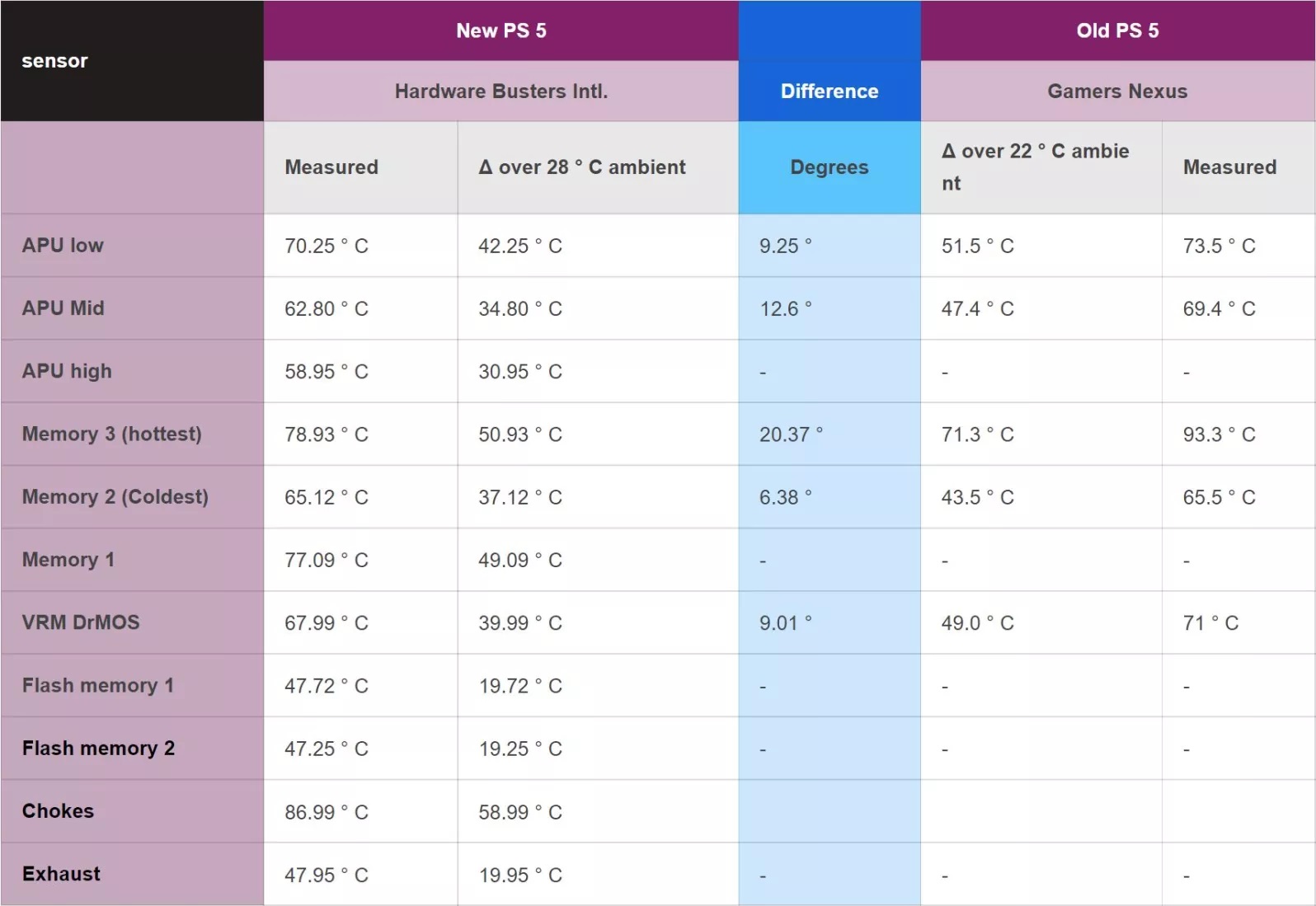The new PS5 is better after all — here’s the proof
Further testing reveals cooler internals, even if the heat output is higher

A few weeks ago, the YouTuber Austin Evans published a video where he took various measurements of the new revision of PS5, and compared them to the original model. He discovered that the PS5 was outputting more heat out the back, and upon taking it apart, concluded this was down to a smaller heatsink not doing its job as efficiently as the original.
But some — including my colleague Marshall Honorof — have pointed out that a higher exhaust temperature isn’t the same thing as hotter components. All that proves is that more heat is being removed from the casing, which could in fact point to more efficient cooling.
- PS5 restock update: Track down your console
- PS5 vs Xbox Series X: Which is better?
- Plus: Nintendo Switch could get classic N64 games — and a new controller
Further testing was clearly required, and the first sets of results are in and looking far more positive for Sony.
First Hardware Busters has published a video where the team attached sensors to different parts of the two PlayStation 5 revisions. And while the exhaust temperature was indeed lower on the original hardware, the video found that the CPU was running 11º C cooler on the newer model, with a modest 1.5º C rise to VRM temperature. The memory was running 7.5º C higher, but overall it certainly cast doubt on the original worries of a cheaper build.
But to convince people further, Hardware Busters put out a second video in partnership with Igor’s Lab where a massive 12 sensors were installed in the new PS5 and then compared to temperatures measured from a launch PS5 by Gamers Nexus at an earlier date.
Obviously, that’s not an ideal comparison due to potential environmental differences (and the fact that the original analysis used fewer measurements), but it should give you a general idea all the same. Here are the results:

Generally, it seems to be a big improvement for the revised hardware across the board, despite the higher ambient temperature of the lab, with temperatures ranging from 6- to 20-degrees lower on the revised hardware. The tests also revealed similar power consumption, with a slight increase on the new model when idle.
Get instant access to breaking news, the hottest reviews, great deals and helpful tips.
No doubt further testing will be done to eliminate any remaining doubt and ensure identical conditions for revisions, but even with the data we have, it seems pretty clear that anybody purchasing a new model of PS5 has little to worry about in terms of long-term reliability.
It seems that Sony was right to reduce the weight of the PS5, and take full advantage of all the cost savings derived from producing a lighter product.
- More: The best PS5 games right now
Freelance contributor Alan has been writing about tech for over a decade, covering phones, drones and everything in between. Previously Deputy Editor of tech site Alphr, his words are found all over the web and in the occasional magazine too. When not weighing up the pros and cons of the latest smartwatch, you'll probably find him tackling his ever-growing games backlog. He also handles all the Wordle coverage on Tom's Guide and has been playing the addictive NYT game for the last several years in an effort to keep his streak forever intact.

